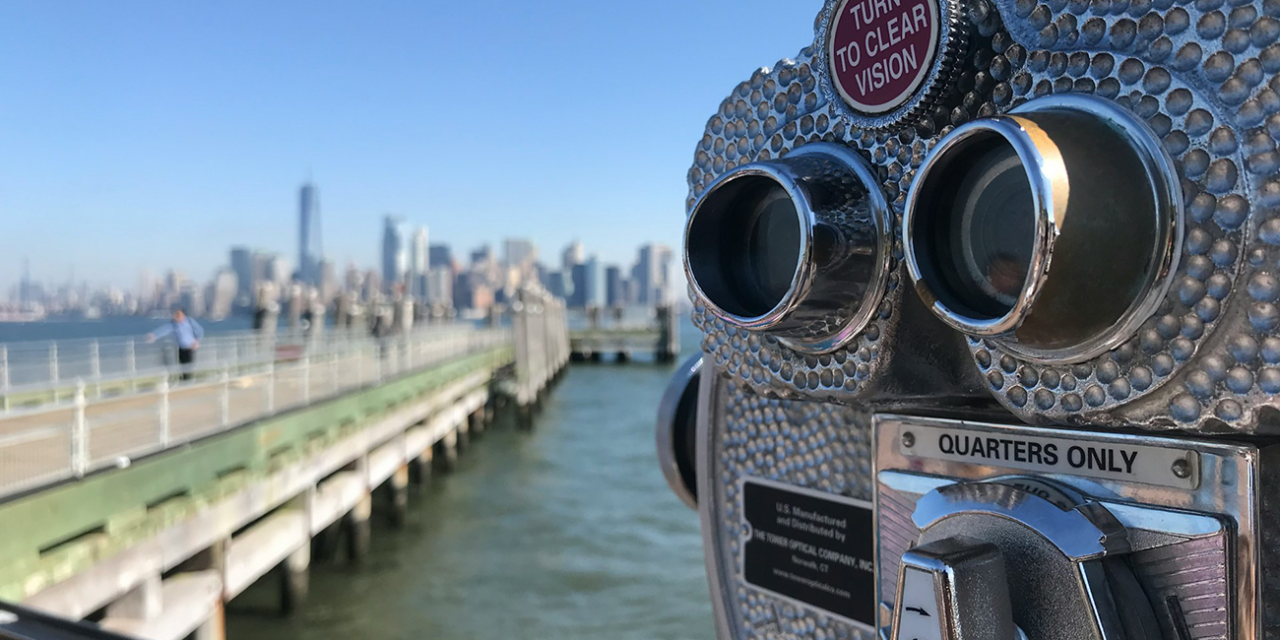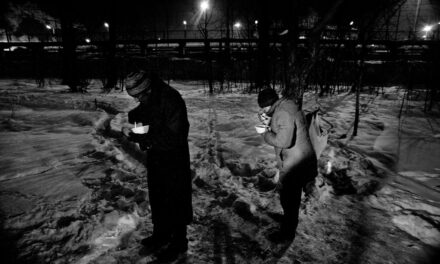Bergen Neck Peninsula, located in Hudson County, New Jersey, boasts a full and diverse history that reflects the broader narrative of the region’s development.
This land, bordered by the Hackensack River to the west and Upper New York Bay to the east, has seen a fascinating evolution from its indigenous start to a sprawling urban peninsula.
Table of Contents
Indigenous Beginnings
The Lenape People
Long before European settlers arrived, the Lenape people, specifically the Hackensack and Tappan subgroups, inhabited the Bergen Neck Peninsula.
The Lenape were known for their semi-nomadic lifestyle, relying on the rich resources of the rivers and forests. They practiced agriculture, hunting, and fishing, establishing a sustainable way of life that lasted for centuries.
European Colonization
The Arrival of the Dutch
In the early 17th century, Dutch explorers began to explore and settle the area under the auspices of the Dutch West India Company.
In 1630, Michael Pauw, a director of the company, purchased the land from the Lenape and established the settlement of Pavonia. The Dutch built a series of small farms and trading posts, engaging in the fur trade with the local indigenous people.
The Communipaw Massacre
In 1643, the Communipaw Massacre marked a dark chapter in the region’s history.
Dutch soldiers, under the command of Governor Willem Kieft, launched a brutal attack on a Lenape encampment near what is now Jersey City. This event exacerbated tensions between the Dutch settlers and the indigenous people, leading to a prolonged period of conflict.
Transition to British Rule
The English seized control of the Dutch colonies in 1664, renaming New Amsterdam to New York and Pavonia to Bergen.
Under British rule, Bergen Neck continued to develop, with the establishment of the Town of Bergen in 1660, which became the first permanent European settlement in New Jersey. The British encouraged more settlers to move to the area, leading to increased agricultural and commercial development.
Revolutionary War Era
Strategic Importance
During the American Revolutionary War, Bergen Neck was strategically significant due to its proximity to New York City and its waterways.
Both American and British forces sought to control the area. The peninsula saw numerous skirmishes and raids as both sides vied for dominance. Local militias were a big role in the conflict, often engaging in guerrilla tactics against British forces.
19th Century Development
Industrialization and Urbanization
The 19th century brought significant changes to Bergen Neck, transforming it from a rural area into an industrial and urban hub.
The construction of railroads and the Port of New York and New Jersey development facilitated this transformation. Factories, warehouses, and residential areas sprang up, attracting a diverse population of immigrants seeking employment and better living conditions.
The Township of Bergen
In 1840, the Township of Bergen was incorporated, encompassing the entire Bergen Neck Peninsula.
This period saw the establishment of essential infrastructure, including schools, churches, and public services. The community continued to grow, becoming increasingly integrated into the greater New York metropolitan area.
20th Century to Present
Modern Urbanization
Bergen Neck, particularly the cities of Jersey City and Bayonne, evolved into major urban centers in the 20th century.
The area’s industrial base continued to expand, complemented by residential developments and the establishment of cultural and recreational facilities. The construction of major transportation routes, such as the Holland Tunnel and the Pulaski Skyway, further integrated Bergen Neck into the region’s economic and social fabric.
Revitalization and Gentrification
In recent decades, Bergen Neck has undergone significant revitalization and gentrification.
Efforts to redevelop the waterfront and attract new businesses and residents have transformed parts of the peninsula into vibrant, desirable neighborhoods. Despite these changes, the area retains much of its historical character, with numerous landmarks and historic sites preserved for future generations.
Conclusion
The history of Bergen Neck Peninsula is an assortment of indigenous heritage, European colonization, revolutionary conflict, industrialization, and modern urbanization.
This dynamic region continues to evolve, reflecting the broader trends and challenges of the New York metropolitan area. As Bergen Neck moves forward, it does so with a deep respect for its past and a commitment to building a vibrant, inclusive future.
This historical overview underscores the significance of Bergen Neck in the broader narrative of New Jersey and the United States, highlighting the enduring legacy of its diverse communities and pivotal events.





